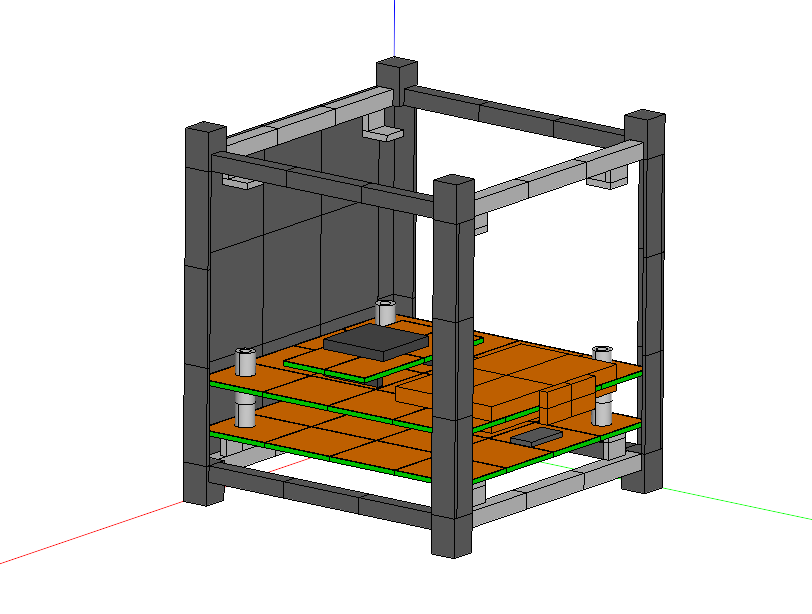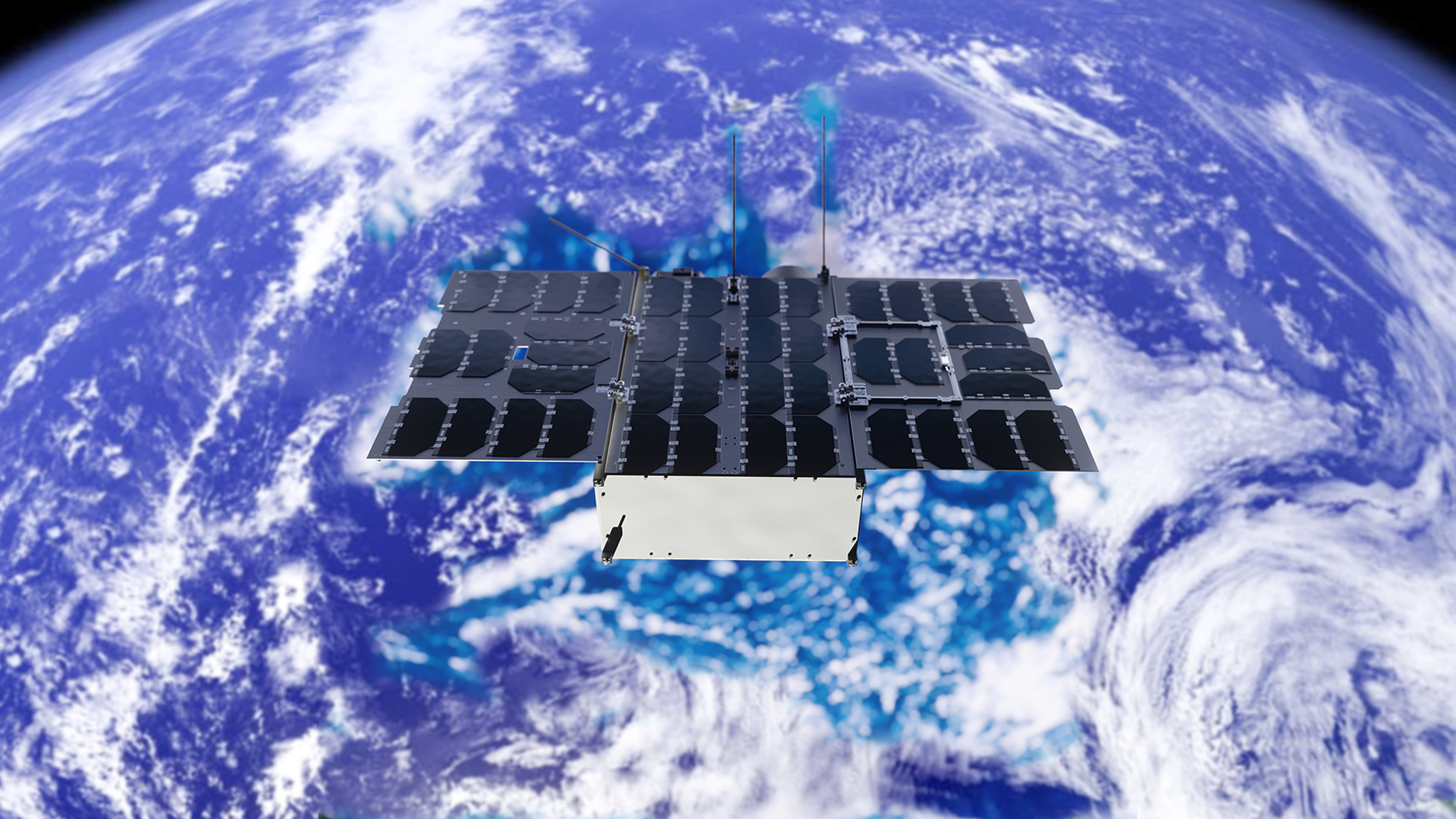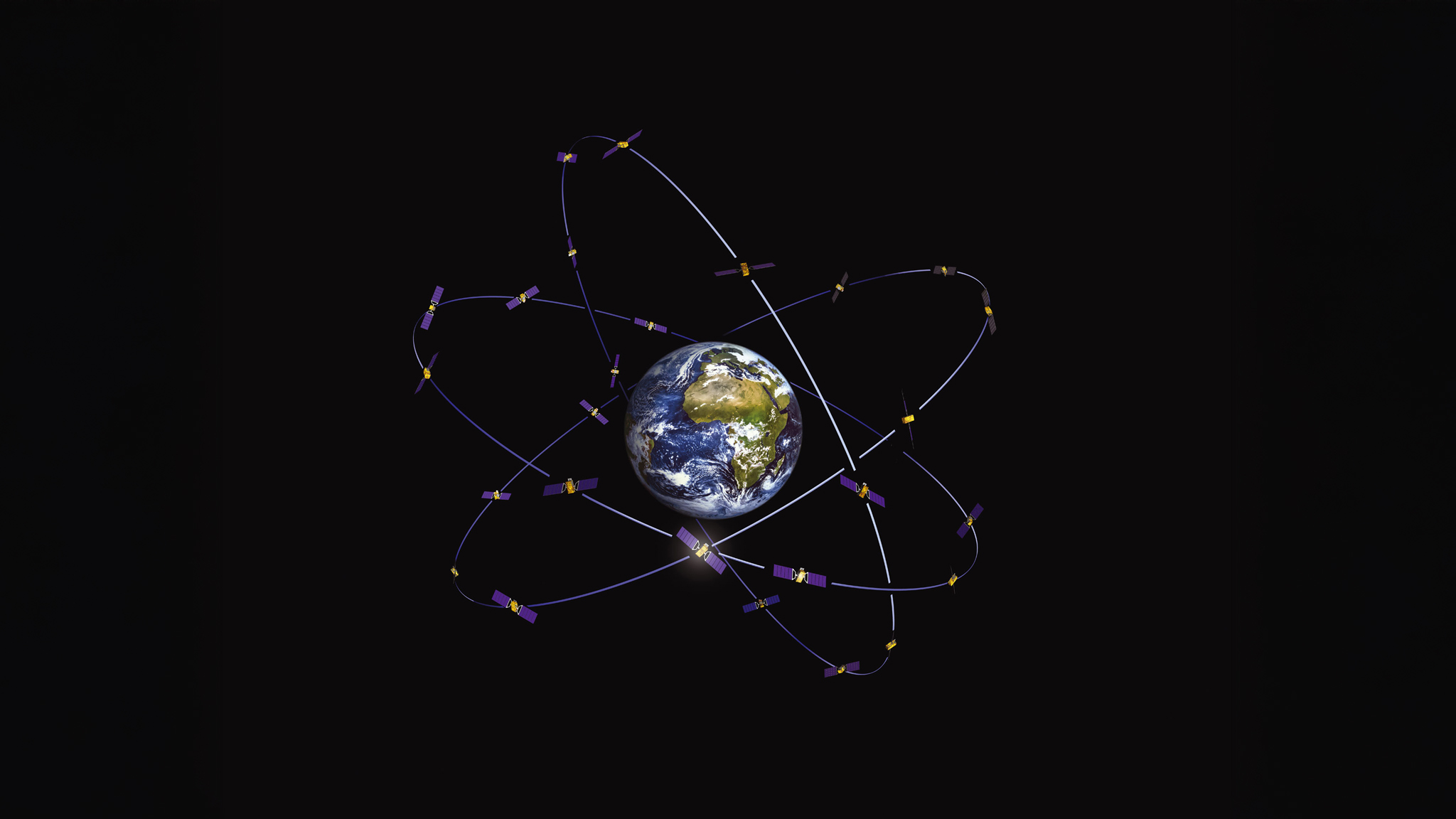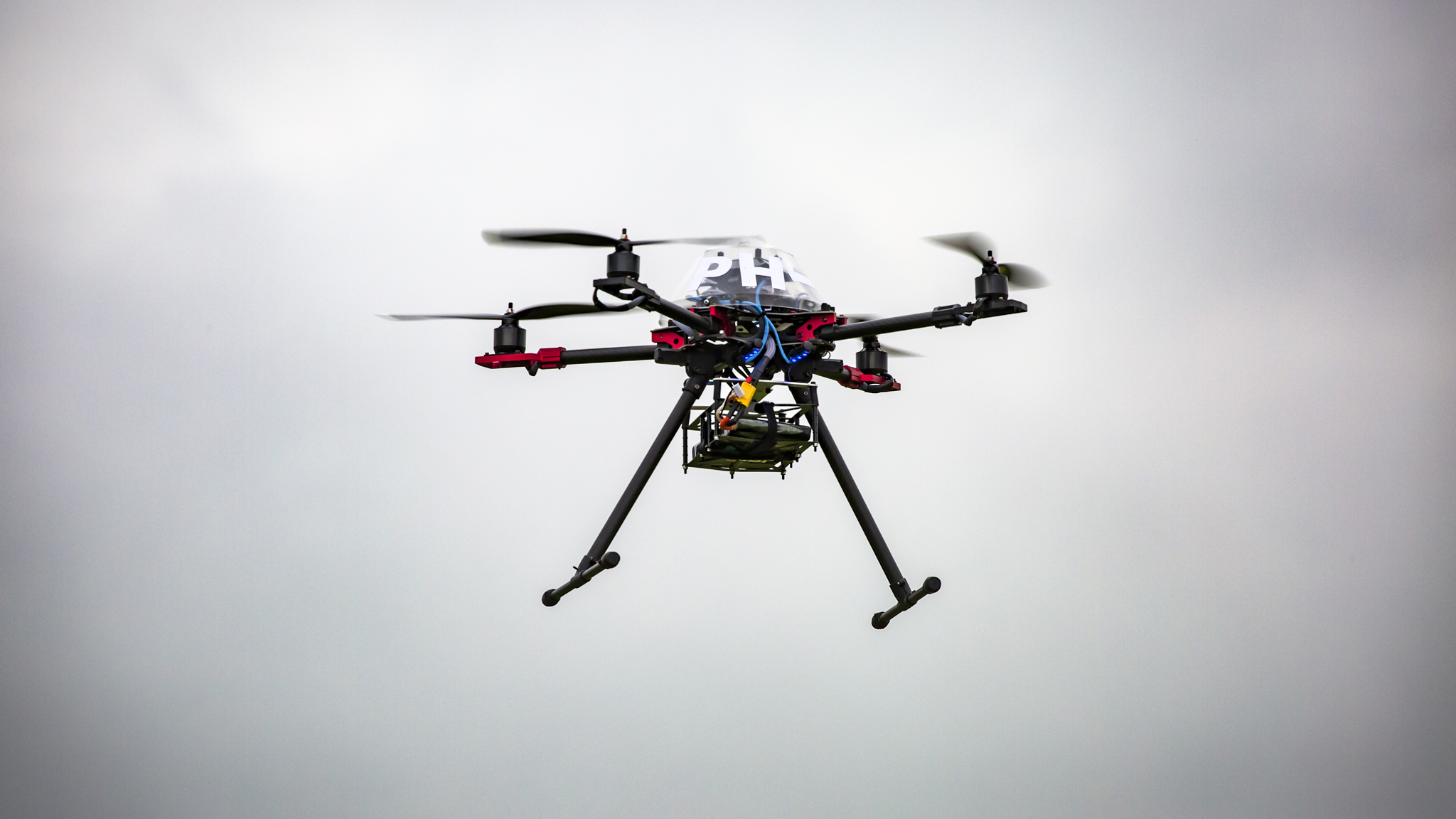Webinar: Future of Small Satellite Thermal Control ( 30 September 2021)
CubeSats are a vital source for gathering information about the planet and its surrounding area. As satellite technologies continue to advance, CubeSats have become more affordable and much more accessible. But as these space-borne sensors become more popular, domain expectations are growing – demanding higher technical needs and larger payloads, resulting in increased power densities and rising temperatures of the onboard electronics. To keep this burgeoning technology from overheating, and its system engineers from breaking into a sweat, Royal NLR is teaming up with satellite integrator ISISpace on a new mission to create new thermal modelling and dissipation concepts to cope with rising temperatures.
Through research and first-hand experience in the CubeSat industry, NLR and ISIS have narrowed the thermal issues down to a few main gaps, or problems to solve. First is hardware design, which makes updating thermal controls difficult to implement and integrate. Next is knowledge, or the lack of insight and information on thermal properties like the transfer of heat through common elements of CubeSats through conductive coupling or contact conductance. Finally, linked to this lack of information, is the verification & validation of systems with only basic modelling and testing.
To close the gaps in knowledge collaborators turned to ESATAN-TMS to build detailed thermal modelling concepts for improved accuracy of testing results and data. In doing so, researchers aim to cut the lead time of thermal analysis and the thermal modelling process. Additionally, with the new wealth of information, NLR and ISIS can use this data to create a library of thermally validated and verified CubeSat modules that can be used as building blocks for future satellites – accelerating the process even further for both current and potential customers.

Multi-parallel micro pump
While working to close the knowledge and validation gaps with more accurate data and standardisation with the help of ESATAN thermal modelling, project collaborators were also interested in how CubeSat hardware could address the issue of rising or spiking temperatures. Compared to regular satellites, CubeSats almost always have a higher energy density and subsequently higher temperatures than conventional satellites, due to advances in solar cell technology and miniaturized electrical components. The introduction of propulsion modules and high-power electronics are also contributing factors. To tackle this energy density issue researchers narrowed their focus to a single-phase mechanically pumped fluid loop (MPFL).
At the heart of this NLR patented design is the multi-parallel micro pump. This novel pump design utilises a Piezo operated two-stroke system that transports heat through the use of a working fluid by heating it up at the heat source and then pumping that fluid to a heat sink, or radiator where it is then ejected into space. With its working prototype, NLR and ISIS have realised 20 watts of heat transport at a mass flow of 500 mg per second with a pump power consumption of just 0.2 watts – suitable for today’s thermal dissipation needs.
The next step for collaborators, however, is to address future needs, which is why they have moved into the next phase of the project, which aims to scale the technology to transfer 100 watts of heat energy with a power consumption of less than 5 watts. Completion of this phase is expected by 2023. After completion, NLR, ISIS and manufacturing partner Demcon Kryoz hope to continue development of the system with an in-orbit demonstration.
What are CubeSats?
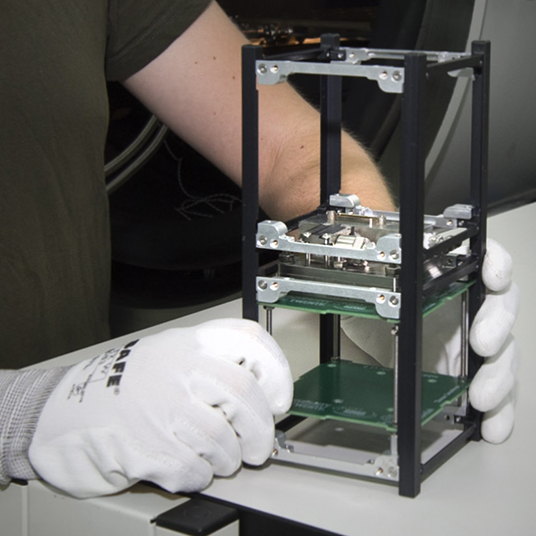
The sizes of small satellites (also known as nanosatellites) follow the CubeSat standard, which defines the outer dimensions of the satellite within multiple cubical units (U). 1U is equivalent to dimensions of 10x10x10 cm. A typical size that can accommodate small technology payloads is a 3-unit CubeSat with dimensions of 10x10x30 cm. A TCS becomes relevant for 3U CubeSats with large deployable solar panels or 8U without deployable solar panels.
Want to know more?
If you would like to know more about thermal control and how Royal NLR can assist you with it, visit our capability page.
ESATAN-TMS
The ESA Thermal Analysis Network (ESATAN) software was first made available to users in 1985. It is now the accepted standard space thermal analysis tool for ESA projects.
Any CubeSat design can be quickly evaluated in ESATAN’s Thermal Modelling Suite (TMS) by implementing a combination of validated thermal submodels in the CubeSat frame model. A library of validated thermal submodels will be created over time in ESATAN-TMS, allowing fast and accurate orbital analysis, which results in improved thermal designs for CubeSats.
